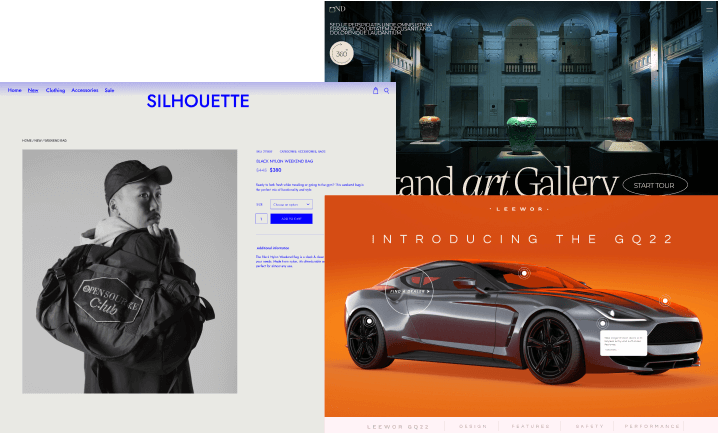An Adaptive User Interface (also known as AUI) is a user interface (UI) that adapts its elements and layout to the user’s requirements or context.
For example, an adaptive user interface in web design enables tailoring specific site components for each visitor, such as hiding irrelevant content and improving the user experience (UX).
Pros & Cons of Adaptive User Interfaces
An Adaptable User Interface is mainly created based on the system’s features and the knowledge levels of the users. Therefore, it can be used in any circumstance where a personalized UI would benefit the user.
For instance, showing only relevant content to a current user with a basic system or subject knowledge creates less confusion and ease of access throughout the site. On the other hand, a user with advanced knowledge will have access to more detailed capabilities and information.
Some drawbacks are that designing an AUI is time-consuming. Also, to efficiently adapt, an AUI requires a way to measure and predict a particular user’s needs, which involves much sorting and interpreting their information. Furthermore, because this information is stored, users lack privacy while using an AUI.




